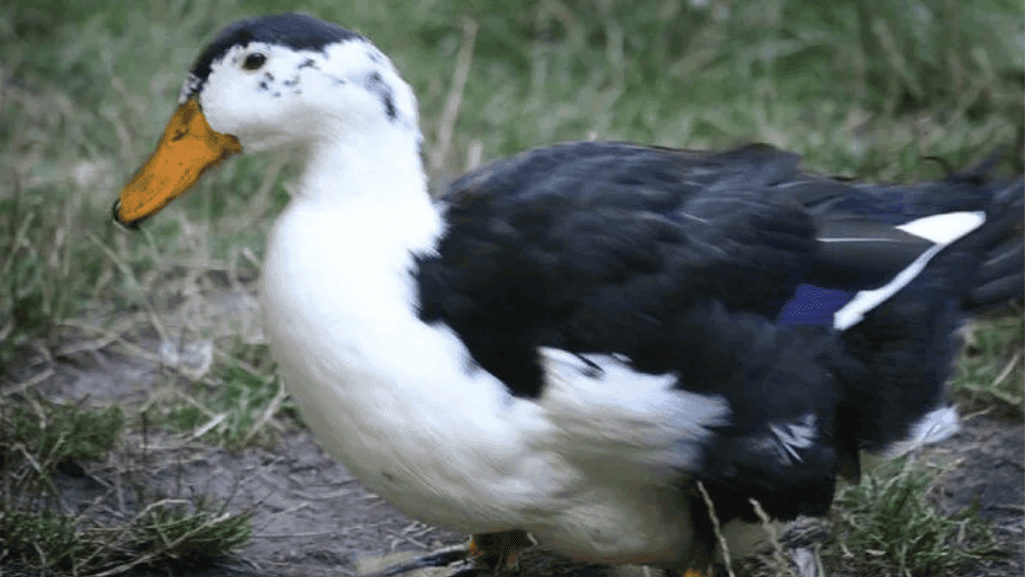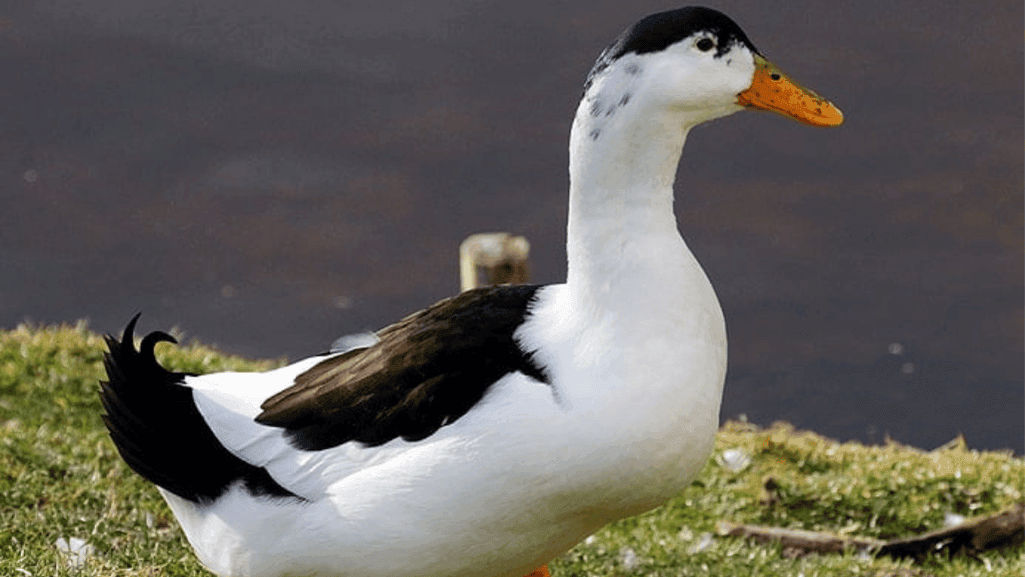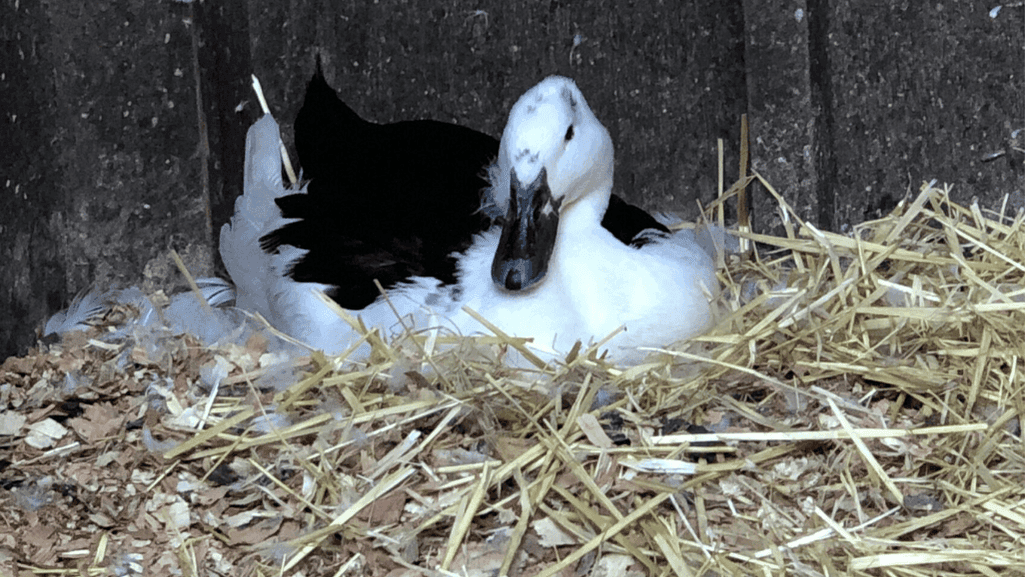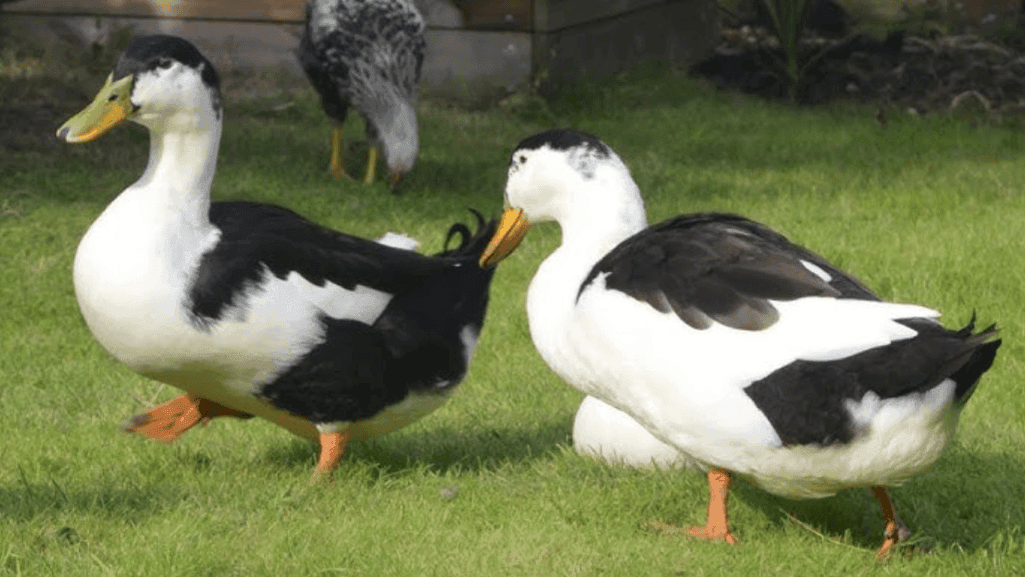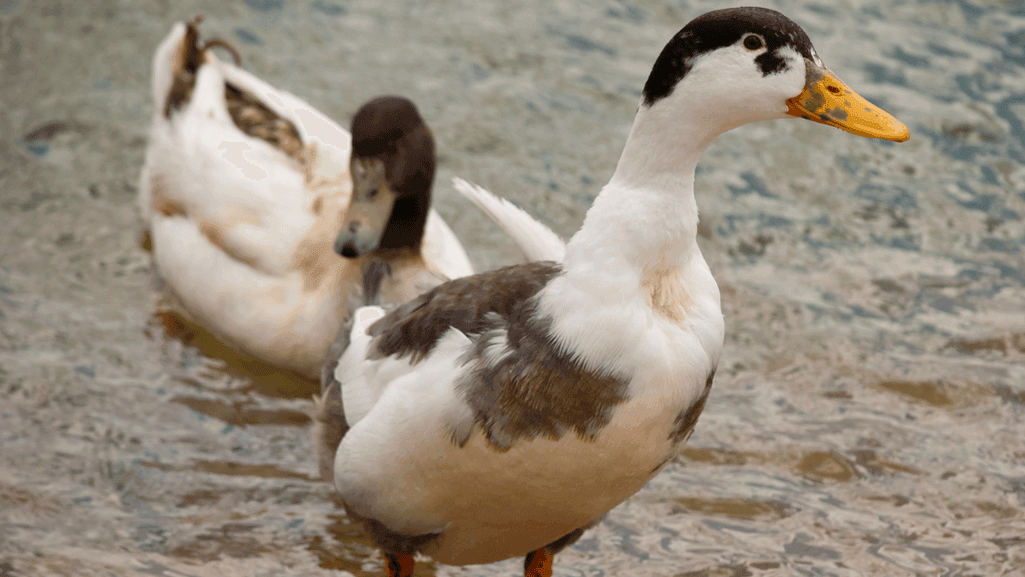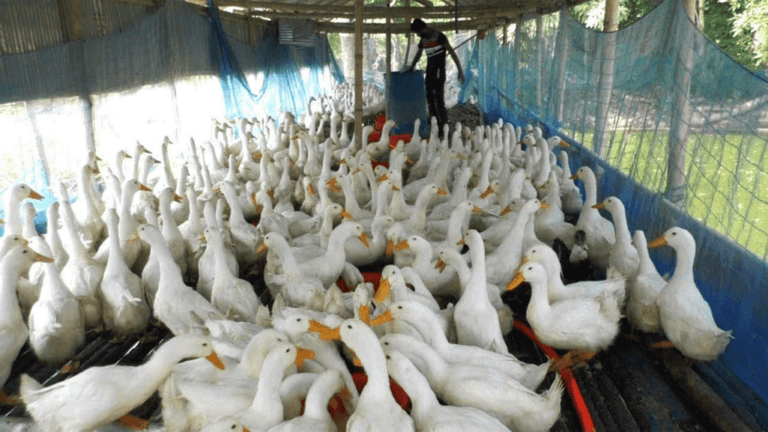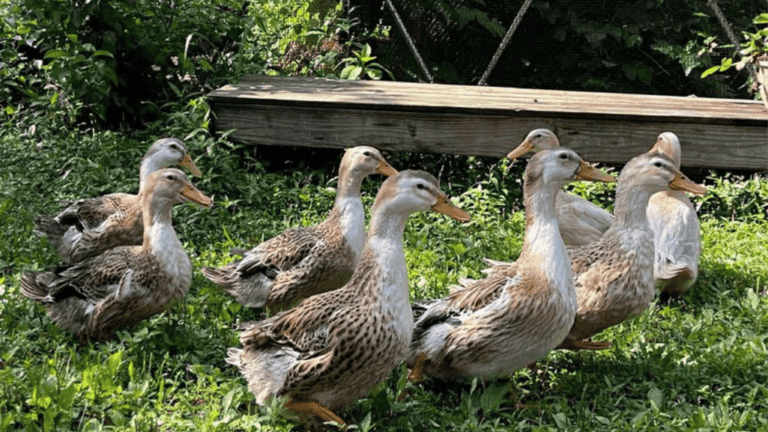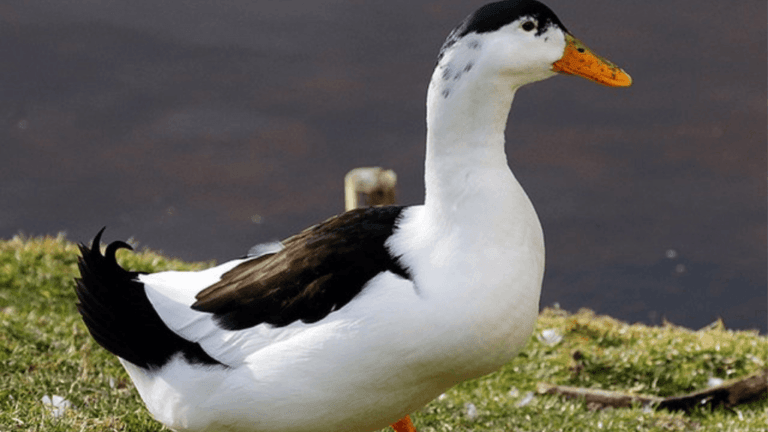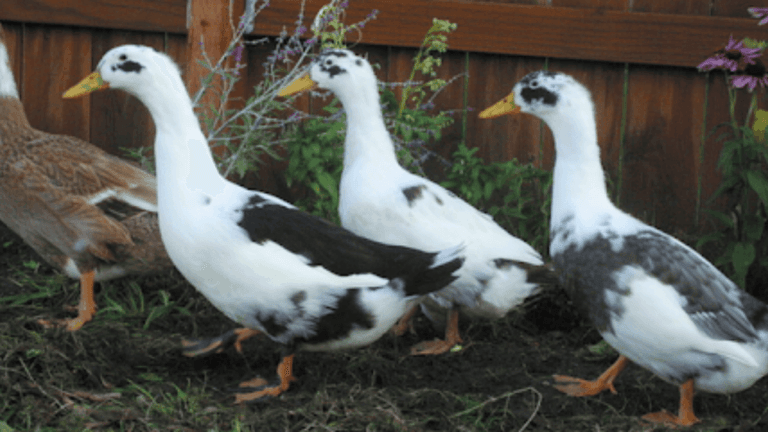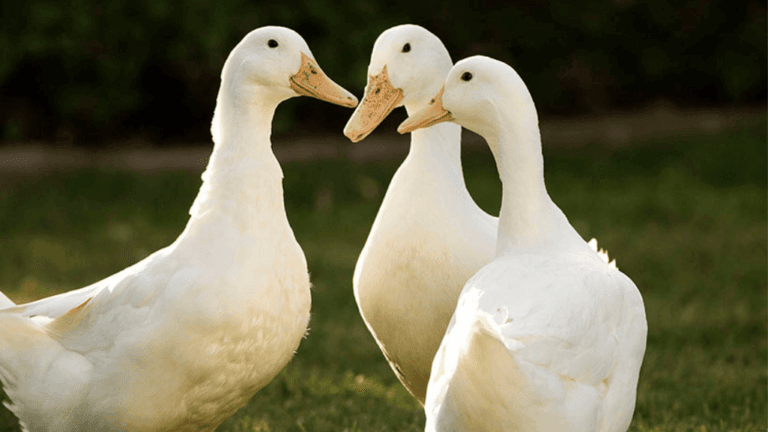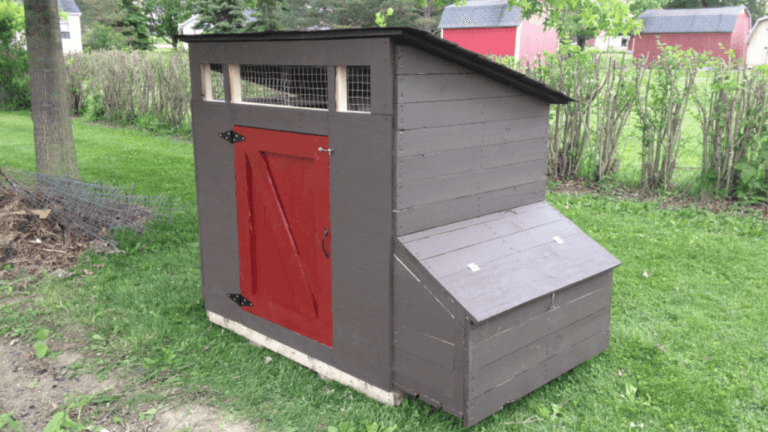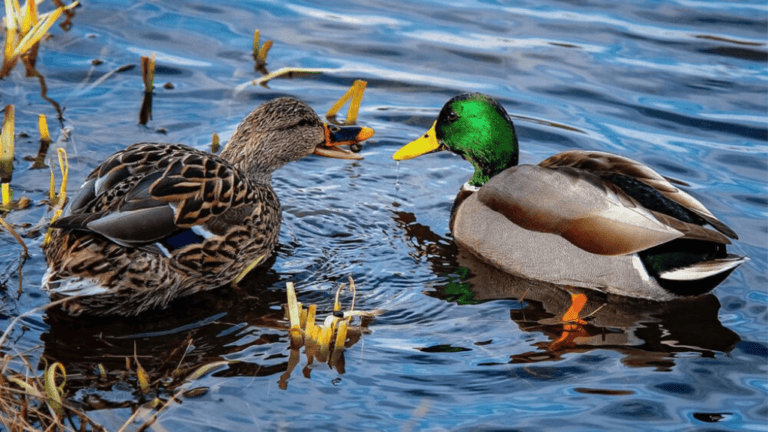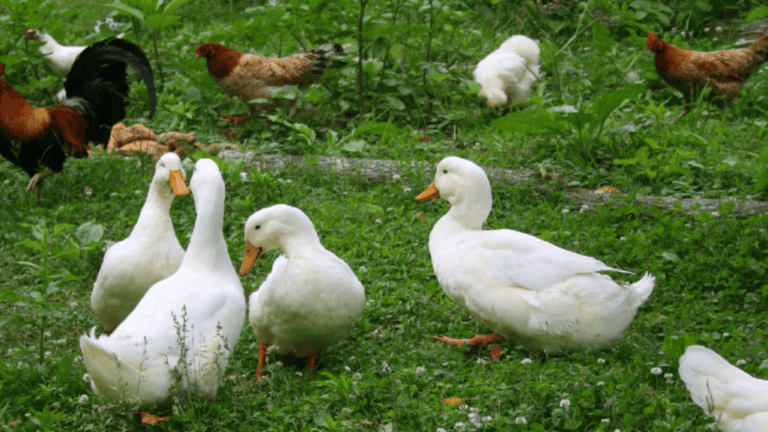Get ready to fall in love with Magpie Ducks, a standout breed among domestic ducks. Their black and white feathers remind us of the magpie bird. These ducks are not just beautiful but also useful, making them great for any farm or garden.
Exploring Magpie Ducks reveals their special traits, friendly nature, and ability to thrive in different places. They’re more than their looks; they help control pests and give tasty eggs. Whether you’re an experienced duck breeder or new to waterfowl, Magpie Ducks will enchant and win your heart.
Key Takeaways
- Magpie Ducks are a captivating breed of domestic ducks known for their distinctive black and white plumage.
- These waterfowl are popular among poultry enthusiasts and backyard farmers for their striking appearance and friendly personalities.
- Magpie Ducks serve practical purposes, such as pest control and egg production, in addition to their ornamental value.
- Discover the unique characteristics, temperament, and adaptability of Magpie Ducks as you explore their world.
- Whether you’re a seasoned breeder or a curious newcomer, Magpie Ducks are sure to capture your imagination and steal your heart.
Introduction to Magpie Ducks
Get ready to fall in love with Magpie ducks. They are a special breed that has won the hearts of many. Known scientifically as Anas platyrhynchos, they have a rich history and unique traits.
Origins and History
Magpie ducks come from Wales in the early 1900s. They were bred from different duck types, like the Welsh Harlequin and Khaki Campbell. They arrived in North America in the 1960s and were recognized by the American Poultry Association in 1977.
Unique Characteristics
Magpie ducks stand out because of their special features. They are medium-sized, weighing 4 to 5 pounds. Their hardiness and ability to adapt to different climates make them popular.
They come in two beautiful colors: Black and White, and Blue and White. As they get older, their colors may fade, turning white by age 6 to 10.
| Characteristic | Description |
|---|---|
| Weight | 4-5 pounds |
| Color Varieties | Black and White, Blue and White |
| Egg Production | 220-290 greenish-blue, brown-speckled eggs annually |
| Foraging Habits | Active foragers, consuming grass, seeds, insects, and aquatic life |
Magpie ducks are loved for their unique traits and friendly nature. As you learn more about them, you’ll find even more reasons to love them.
Physical Appearance and Distinctive Features
Magpie ducks are truly eye-catching with their black and white feathers. Their greenish-black heads and white bodies are mesmerizing. This color pattern reminds people of the European Magpie bird, which is how they got their name.
Drakes, or male Magpie ducks, have more vibrant feathers than females. Their heads shine with a greenish-black color. A white neck ring separates their head from their white body. Drakes also have black patches on their back and tail, creating a striking contrast.
The bill color of Magpie ducks is another standout feature. Both males and females have bright orange-red bills. This adds warmth and liveliness to their appearance, making them hard to forget.
Magpie ducks also have striking orange legs and feet. This vibrant color complements their bills and adds to their overall look. Their orange legs and feet are strong, perfect for swimming and moving on land and water.
Magpie ducks have a unique body shape. They are medium-sized, with males weighing 2.0–3.2 kg and females weighing 2.0–2.7 kg. Their bodies are elongated and upright, giving them a regal look. Their necks are slender and curved, and their wings are strong, allowing them to fly.
The Poultry Club of Great Britain recognizes several color varieties of Magpie ducks. Besides the classic black-and-white, there are blue-and-white, dun-and-white, and chocolate-and-white varieties. These colors add diversity to the breed, making them even more appealing.
Magpie ducks are not just beautiful; they also have many good qualities. They are known for laying about 80 large eggs per year. Their adaptability, friendly nature, and unique appearance make them a favorite among duck keepers. You can learn more about them on the Ducks New World website.
Personality and Temperament
Magpie ducks are known for being friendly and adaptable. They are a joy to have in any backyard. Their calm and gentle nature helps them fit well in different places and bond with people.
They are easy to get along with, making them perfect for both new and experienced duck owners.
Social Behavior
Magpie ducks love being around others of their kind. They can live peacefully with other birds. They do best in small groups, where they can play and forage together.
They have strong family bonds, with mothers caring for their young. This social nature helps them adjust well to different places.
| Breed | Average Lifespan | Mature Weight |
|---|---|---|
| Magpie Duck | 8-12 years | 3-5 pounds |
| Pekin Duck | 9-12 years | 8-11 pounds |
| Muscovy Duck | 8-12 years | 10-15 pounds |
Interaction with Other Animals
Magpie ducks are easy to get along with, even with other birds. They are friendly with chickens and geese. This makes them great for backyard owners with different species.
They are curious and love to interact with people. They can become very attached, following you around and enjoying treats. This makes them wonderful pets and adds charm to any yard.
Habitat and Living Conditions
Creating the perfect home for Magpie Ducks is key to their health and happiness. These heritage birds are known for their lively personalities and striking looks. They need spacious homes with clean water and places to forage.
Ideal Environment
Magpie Ducks love environments that remind them of their natural home. A good duck house should have a grassy area for foraging. They also need a shallow pond for swimming and keeping their feathers clean. Roy’s Farm says the best home for them is big, safe, and full of things to do.
Here are some key things to think about when setting up a home for your Magpie Ducks:
- Space for them to move around and explore
- Clean water for drinking and swimming
- Shade and shelter from the weather
- Safe fencing to keep out predators
- Things like floating plants or toys to keep them entertained
Shelter Requirements
Magpie Ducks also need a cozy shelter. A good duck coop should protect them from predators and bad weather. It should also be a comfy place for them to rest and lay eggs. Here are some things to keep in mind when building their shelter:
| Shelter Feature | Importance |
|---|---|
| Proper ventilation | Keeps the air fresh and prevents breathing problems |
| Adequate space per duck | Helps them move easily and feel less stressed |
| Nesting boxes | Give them a safe place to lay eggs |
| Predator-proof construction | Keeps your Magpie Ducks safe |
| Easy access for cleaning | Helps keep them healthy by preventing disease |
By making a habitat that meets Magpie Ducks’ needs, you can keep them happy and healthy. With the right care, they will be a joy to have around for many years.
Diet and Nutrition
Magpie ducks need a balanced diet to stay healthy. They do well on high-quality commercial feed, fresh greens, and treats. Their diet should start with a duck feed that’s right for their life stage.
Ducklings need about 20% protein in their feed for fast growth. Adding brewer’s yeast helps with strong legs and joints. As they grow, their protein needs drop. Adult ducks need 15-17% protein, depending on their age and purpose.
Magpie ducks also love fresh veggies and greens. They can eat lettuce, kale, and more. But, veggies should not be their main food. They need commercial feed for balanced nutrition.
| Life Stage | Protein Requirement |
|---|---|
| Ducklings | 20% |
| Growing Ducks | 15% |
| Laying Ducks | 16-17% |
| Broiler Ducks | 20% |
Fruits are okay as treats, but not too much. They like berries, apples, and more. But, citrus fruits should be given carefully.
Herbs like fennel and garlic are good for them. Treats like mealworms and eggs are okay in small amounts. Grit and oyster shells help with digestion and eggshell strength.
Always make sure Magpie ducks have clean water. They eat and drink in turns to keep food moist. A balanced diet keeps them healthy and happy.
Breeding and Reproduction
Magpie ducks are a captivating heritage breed known for their breeding and reproductive traits. They reach sexual maturity at about 6 months, starting their breeding season in spring.
Mating Habits
During breeding season, Magpie ducks perform interesting mating rituals. Males, or drakes, attract females with head bobbing, wing flapping, and sounds. After bonding, they stay together, ensuring eggs are fertilized.
Egg Laying and Incubation
Magpie ducks lay a lot of eggs, up to 280 per year. This makes them valuable for homesteads and farms. They lay 8 to 12 eggs at a time, incubating them for about 28 days.
During incubation, Magpie duck hens are very caring. They turn eggs regularly and keep the nest warm and humid. This care helps the eggs hatch well.
Duckling Care
After hatching, ducklings need special care to grow well. Magpie ducklings are born with down and can move around soon. They need a warm, safe place to grow.
A brooder with heat is key for duckling development. The temperature should drop as they grow. Special starter feed helps them grow strong and develop feathers.
| Age (Weeks) | Brooder Temperature (°F) | Feed Type |
|---|---|---|
| 0-1 | 90-95 | Starter feed |
| 2-3 | 85-90 | Starter feed |
| 4-7 | 80-85 | Grower feed |
| 8+ | Ambient temperature | Grower/adult feed |
As they grow, Magpie ducklings get their distinctive black and white feathers. With the right care, they become healthy, productive adults. They help the flock by laying eggs and adding genetic diversity.
Health and Care
Keeping Magpie ducks healthy is crucial for any owner. Proper disease prevention and timely veterinary treatment are key. This ensures your ducks stay well. Working with your vet, like the experts at Ducks New World, is important.
Common Health Issues
Magpie ducks can face health problems despite their resilience. Common issues include:
- Duck plague
- Avian influenza
- Parasitic infections
- Wry Neck
- Heat Stress
Knowing the signs of these illnesses is vital. Quick action can help your duck recover. Issues like Wry Neck or Heat Stress can be deadly if not treated.
Preventive Measures
Prevention is key for duck health. A good disease prevention plan keeps your Magpie ducks healthy. Important steps include:
- Keeping the coop and area clean
- Feeding a balanced diet with enough protein and niacin
- Ensuring constant access to clean water
- Controlling parasites with medication and coop management
- Quarantining new birds before adding them to the flock
Following these steps can greatly reduce illness risk. This keeps your Magpie ducks happy and healthy.
Veterinary Care
Even with prevention, sometimes your Magpie duck needs veterinary treatment. It’s important to have a good avian vet. They can help with vaccinations, parasite control, and nutrition.
Early detection and treatment are crucial. If you see illness signs or odd behavior, get veterinary treatment quickly. With proper care, your ducks can live long, healthy lives, as Ducks New World experts know.
Magpie Ducks as Pets
Magpie ducks are loved for their charming nature and striking looks. They were first brought to the United States in 1963. These birds are smart, friendly, and quiet, making them great pets for backyard lovers.
It’s key to know what magpie ducks need to stay happy and healthy. They need a good home, the right food, and vet visits. They love to swim and forage, so a big area with water and grass is best.
Magpie ducks bond strongly with their owners. They love to play and interact, bringing joy to any home. People who have them as pets give them high marks, showing how much they love them.
Magpie ducks are also good at laying eggs. They start at 4 months old, and some even lay blue eggs. Originally used for work, they’ve become beloved pets because of their gentle nature and ability to adapt to home life.
It’s important for magpie duck owners to watch out for health issues. Problems like angel wing can be fixed with care and vet help. This ensures they stay happy and healthy.
Choosing magpie ducks as pets means opening up to a world of fun and beauty. With the right care, they become wonderful additions to any family. They offer a unique and unforgettable experience as pets.
Magpie Ducks in Agriculture
Magpie ducks are more than just cute additions to farmyards. They are key to sustainable farming. These birds help manage pests and provide nutritious eggs. Adding Magpie ducks to farms makes farming more balanced and eco-friendly.
Pest Control
Magpie ducks are great at controlling pests. They eat slugs, snails, and insects in gardens and fields. This helps farmers use fewer harmful chemicals, making farming more sustainable.
Using Magpie ducks for pest control has many benefits:
- Less need for harmful pesticides
- Healthier soil and more biodiversity
- Natural fertilizer from duck droppings
- Better crop yields and quality
Egg Production
Magpie ducks are also great egg layers. They can lay up to 290 eggs a year. Their eggs are bigger than chicken eggs and taste rich and creamy.
| Breed | Annual Egg Production | Egg Size | Egg Color |
|---|---|---|---|
| Magpie Duck | 220-290 | Medium to Large | White |
| Khaki Campbell Duck | 250-340 | Large | White to Cream |
| Welsh Harlequin Duck | 240-330 | Large | White to Cream |
Adding Magpie ducks to egg production has many benefits:
- High-quality, flavorful eggs
- Diversified income for farmers
- More demand for duck eggs in gourmet markets
- Chance to make value-added products like duck egg pasta
By using Magpie ducks, farmers can make their farms more resilient and sustainable. These birds add beauty and help the farm’s health and productivity. They are a valuable asset for eco-friendly and profitable farming.
Conservation Status and Threats
Magpie Ducks are not yet listed as threatened by the IUCN, CITES, or USFWS. However, they are considered rare by poultry conservation organizations. These ducks face several challenges that worry their survival.
Habit loss is a big threat to Magpie Ducks. They live in large lakes, slow rivers, and swamps. But, many of these areas have been turned into farmland, reducing their homes.
Predation is another big threat. Magpie Ducks are hunted by foxes, coyotes, and birds of prey. This hunting can hurt their small populations a lot.
Their small breeding numbers are also a problem. With fewer ducks, there’s a chance of less genetic diversity. This could lead to health issues and make the breed less resilient.
| Threat | Impact |
|---|---|
| Habitat Loss | Reduction in available breeding and foraging grounds |
| Predation | Significant impact on small, localized populations |
| Limited Breeding Populations | Risk of reduced genetic diversity and inbreeding |
Efforts to save Magpie Ducks include promoting them among poultry fans. It’s about keeping their unique traits alive through careful breeding. By supporting these efforts, we can help these ducks thrive for years to come.
Despite the challenges, Magpie Ducks still charm many. Their beautiful feathers and friendly nature show the amazing variety and beauty of domestic waterfowl.
Interesting Facts about Magpie Ducks
Magpie ducks are not just visually striking but also have a fascinating history. They show unique behaviors that make them stand out. These birds have won the hearts of many, thanks to their looks and charming quirks.
Unique Behaviors
Magpie ducks are known for their playful and curious nature. They have a special way of foraging called “tipping up.” They submerge their heads underwater, leaving their tails up. This lets them find plants and small animals in shallow water.
When they’re happy or excited, they wag their tails like a dog. This adds to their charm.
Historical Significance
The Magpie duck has a rich history starting in the early 20th century. They were first documented in 1920 and quickly became popular. By 1926, a club was formed to promote and preserve them.
Initially, there were two color varieties: black-and-white and blue-and-white. Later, in 1997, the Poultry Club of Great Britain recognized blue-and-white and dun-and-white varieties too.
Magpie ducks arrived in the United States in 1963. Although there were only a few hundred imports, their unique traits and hardiness helped them thrive. In 1977, they were officially recognized in the American Standard of Perfection.
Cultural References
Magpie ducks have caught the eye of many cultures and folklore. In Welsh literature and folklore, black and white ducks are mentioned. This might be inspired by Magpie ducks’ striking looks.
In some cultures, they are seen as symbols of fidelity and good fortune. This adds to their charm.
Their striking appearance has inspired many artists and photographers. Their black and white feathers, along with their lively nature, make them a favorite subject.
| Magpie Duck Facts | Details |
|---|---|
| Origin | Developed in the United Kingdom, 1918-1919 |
| Weight | Drake: 2.5 – 3.2 Kg, Duck: 2 – 2.7 Kg |
| Egg Production | 220–290 large white eggs annually |
| Lifespan | Approximately 9 to 12 years |
| Behavior | Playful, inquisitive, and good foragers |
In conclusion, Magpie ducks are more than just a pretty sight. Their unique behaviors, rich history, and cultural impact make them truly special. As we continue to learn about them, it’s clear they will keep captivating and inspiring us for years to come.
Conclusion
Magpie ducks have become a joy for those who love duck ownership. They charm everyone with their looks, friendly nature, and great egg-laying skills. Since they arrived in the US in 1963, they’ve become very popular.
Magpie ducks are great as pets, help control pests, or give tasty eggs. They add joy and usefulness to your life. Raising them is a fulfilling hobby that connects you with nature and shows off their unique beauty.
When you start with Magpie ducks, make sure to care for them well. Give them the right food and a good home. This way, they’ll keep thriving and delighting duck lovers for years to come. For more tips or to meet other duck fans, contact the community of backyard farmers and duck owners.


